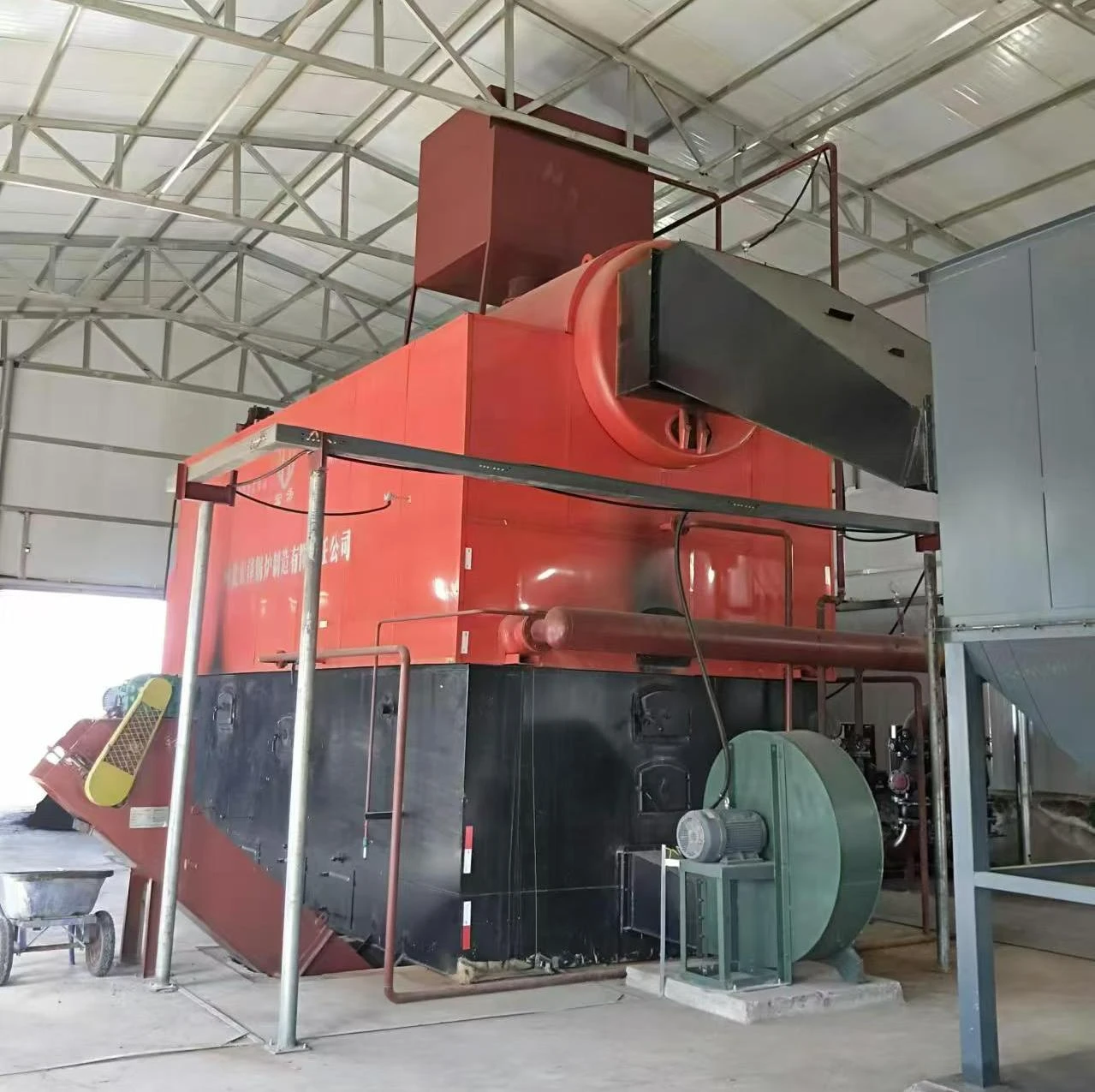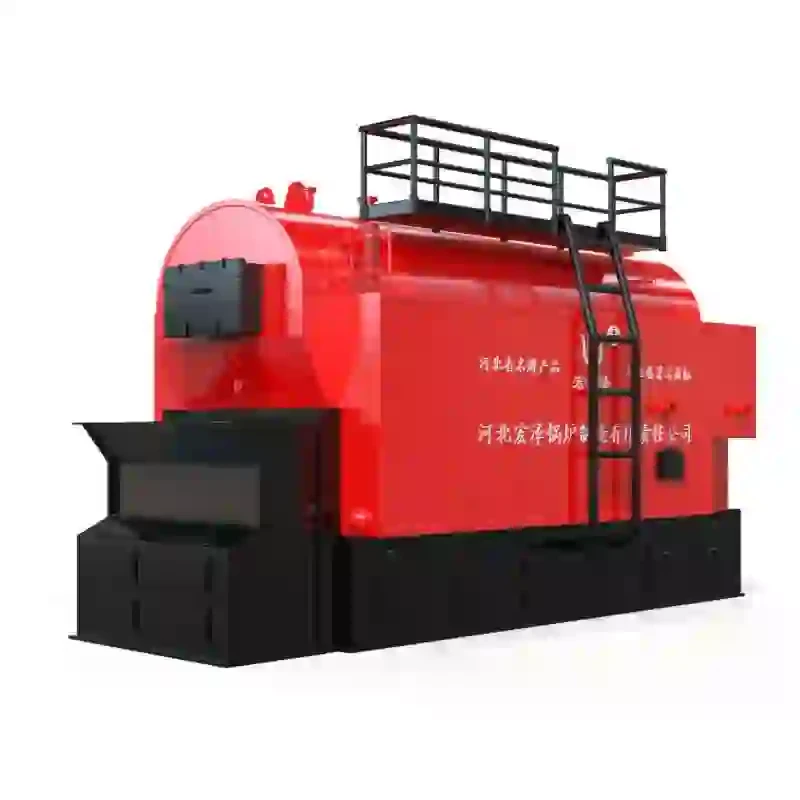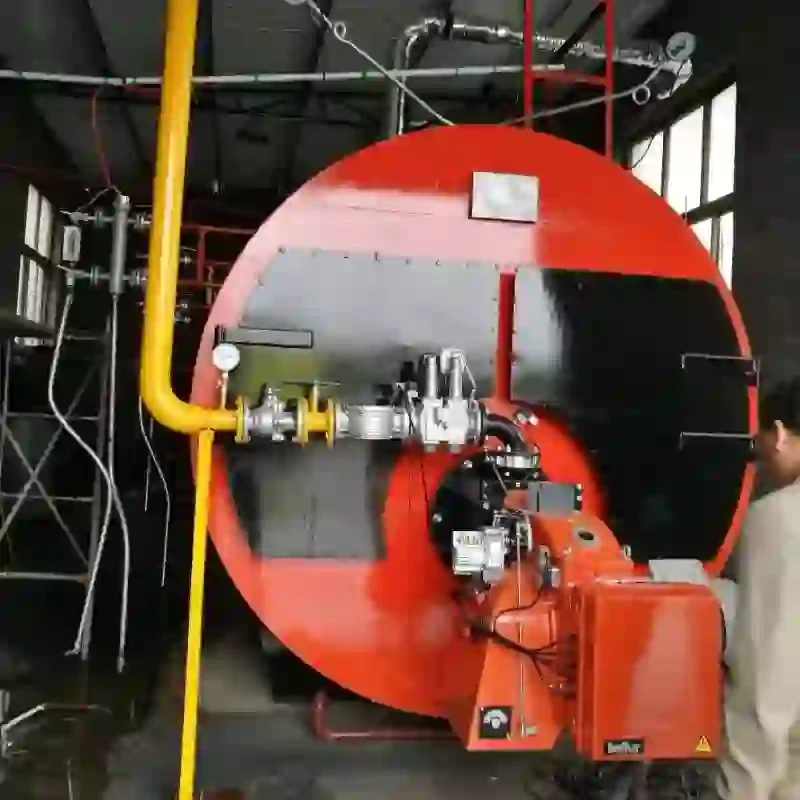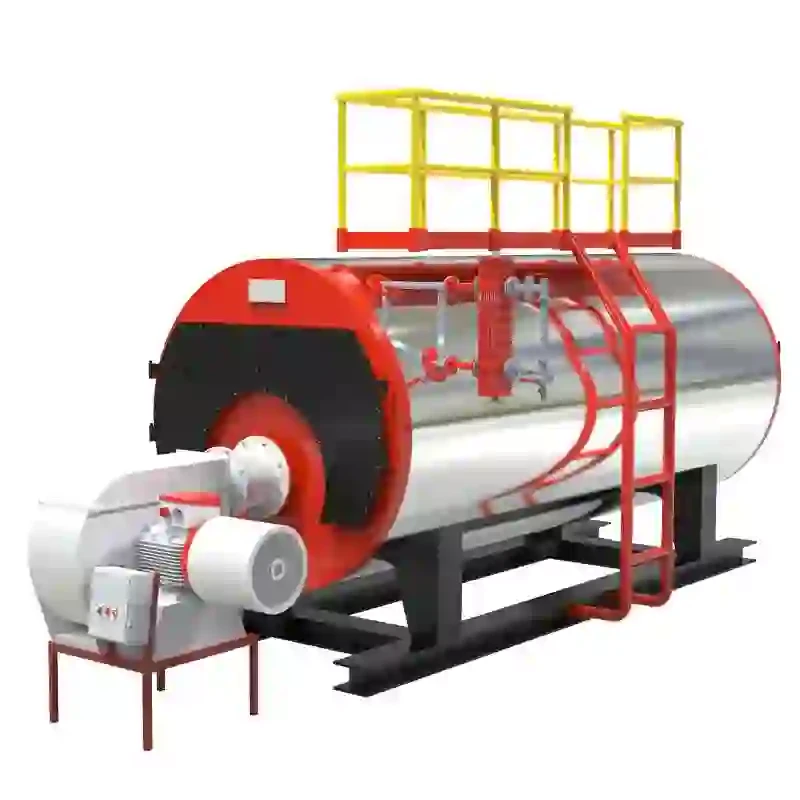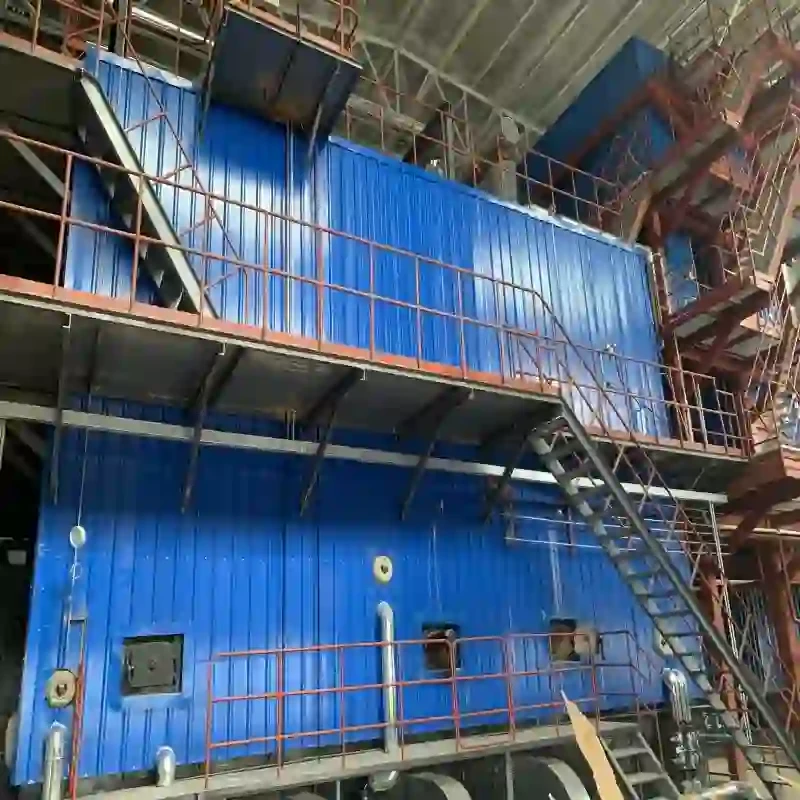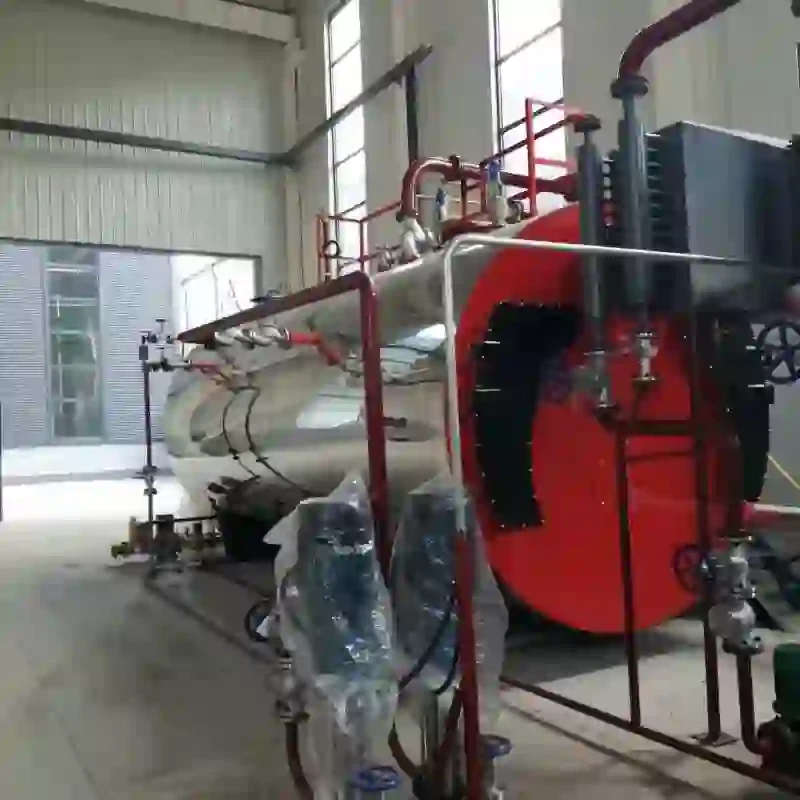
Jul . 04, 2025 10:46 Back to list
Steam Boiler Troubleshooting Guide Expert Solutions for Reliable Performance
- Introduction to steam boiler troubleshooting
and industry relevance - Key technical advantages of modern steam boiler systems
- Comparative analysis of leading manufacturers (data table included)
- Comprehensive steam boiler troubleshooting guide for common issues
- Custom solutions and adaptation for unique operational requirements
- Illustrative real-world application cases
- Summary and future perspectives on steam boiler troubleshooting
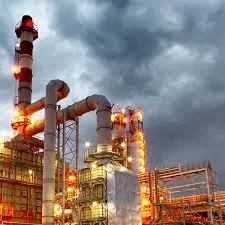
(steam boiler troubleshooting)
Introduction: The Impact of Steam Boiler Troubleshooting
Steam boilers remain an essential component in heavy industry, hospitals, and commercial settings, providing reliable heating and process energy. With the global steam boiler market projected to exceed $21 billion by 2025, efficient steam boiler troubleshooting is crucial to minimize downtime, optimize performance, and reduce operational costs. A thorough steam boiler troubleshooting guide addresses frequent breakdowns, performance bottlenecks, and safety concerns, offering actionable insights that keep production lines running and facilities compliant with safety regulations. The importance of effective troubleshooting is highlighted by statistics from the U.S. Department of Energy, indicating that poor maintenance and troubleshooting strategies can increase boiler energy consumption by up to 20% annually.
Technical Advancements in Steam Boiler Systems
Modern steam boiler designs bring various technological innovations enhancing reliability, fuel efficiency, and ease of maintenance. State-of-the-art diagnostic sensors deliver real-time feedback, allowing technicians to detect issues before they escalate into failures. Smart control systems automate pressure, water levels, and combustion for superior precision and safer operations, which is particularly valuable in high-capacity boilers. For instance, advanced oil fired hot water boiler troubleshooting uses diagnostic codes to pinpoint malfunctions in flame control, fuel air mixture, and heat exchanger efficiency. Moreover, variable frequency drives (VFDs), skewed impeller pumps, and optimized burner controls have contributed to as much as 7-10% energy savings compared to older models.
Comparative Manufacturer Overview: Performance and Service Metrics
The following table provides a comparative analysis of key manufacturers in the steam boiler sector, examining core attributes such as efficiency, support, price, and warranty terms. This objective data assists facility managers and engineers in making informed procurement decisions when reliability and service are non-negotiable.
| Manufacturer | Boiler Efficiency (%) | Remote Monitoring | Support Response Time | Standard Warranty | Average Market Price ($/Unit) |
|---|---|---|---|---|---|
| Cleaver-Brooks | 89-93 | Yes | <12 hrs | 5 Years | 26,000 |
| Fulton | 88-92 | Optional | 24 hrs | 3 Years | 24,000 |
| Hurst Boiler | 87-90 | No | 24-36 hrs | 2 Years | 18,750 |
| Miura | 90-94 | Yes | <8 hrs | 5 Years | 29,500 |
| Weil-McLain (Oil Fired) | 85-90 | No | 36 hrs | 2 Years | 15,210 |
As demonstrated, companies like Miura and Cleaver-Brooks invest heavily in efficiency and remote diagnostics, which are vital for prompt steam boiler troubleshooting. Price-point and warranty options also play a significant role in return on investment calculations.
Steam Boiler Troubleshooting Guide: Diagnosing Common Issues
Effective troubleshooting starts with systematic inspection and logical deduction. Operators should first inspect water level controls for blockage or failure; according to field studies, 23% of unscheduled shutdowns result from faulty level sensors. Noticing low steam output? Scale accumulation in the heat exchanger often restricts power transfer—regular descaling is essential, with many facilities adopting quarterly cleaning schedules to boost efficiency by up to 5%. When examining oil fired hot water boiler troubleshooting, attention must be given to the burner assembly: check for nozzle blockages, irregular flame patterns, or delayed ignition. For boilers showing inconsistent pressure, leaks or relief valve misalignments can commonly be traced as the culprit. Digital troubleshooting tools now facilitate these diagnostics, automatically flagging out-of-range readings in the control system, reducing manual labor and error.
Custom Steam Boiler Solutions: Tailoring for Operational Needs
Off-the-shelf boilers address general heat and steam demands, but many operations require custom configurations. Customization strategies may include modular system design, special refractory linings to withstand aggressive fuels, or the integration of redundant safety interlocks for high-risk environments. For critical industries, such as food processing or pharmaceuticals, steam cleanliness and stability are paramount; this frequently involves double-pass boilers and advanced feedwater treatment. Analysis shows that customized solution adoption can reduce unplanned downtime by 32% over standard installations. Engineering teams often collaborate with manufacturers during the commissioning phase, facilitating system integration into building management systems (BMS) to enable seamless monitoring and remote steam boiler troubleshooting from corporate operation centers.
Application Cases: Real-World Troubleshooting in Action
Case Study 1 (Pharmaceutical Manufacturing): A multinational pharmaceutical plant improved its production continuity by deploying a real-time monitoring suite across three Miura steam boilers. The system automatically detected scale formation and impending combustion anomalies. By acting early, average annual maintenance costs dropped by 17%, and unscheduled downtime fell to nearly zero.
Case Study 2 (University Campus Heating): An American university with an aged Hurst oil fired hot water boiler experienced recurring flame sensor faults each winter. After implementing a predictive maintenance program based on feedback from a steam boiler troubleshooting guide, the facilities team cut response times by 50% and extended boiler life by six years.
Case Study 3 (Food & Beverage Facility): A beverage producer adopted compact, modular boilers with remote diagnostics for 24/7 real-time monitoring. These units delivered over 92% efficiency, and the integration of automated alarms allowed staff to address problems before output was impacted, resulting in a documented increase of 260 operational hours per year.
Conclusion: The Future of Steam Boiler Troubleshooting
Today’s landscape of steam boiler troubleshooting represents both a challenge and an opportunity for facilities aiming for sustainability, safety, and profitability. Leveraging data-driven maintenance, advanced diagnostics, and guided troubleshooting manuals ensures minimal disruption, extended equipment longevity, and improved operator competency. The growth of smart devices and remote access platforms forecast even more precise real-time interventions and preemptive maintenance. As industries evolve, professionals who master these troubleshooting approaches—supplemented by a reliable steam boiler troubleshooting guide—will continue to shape higher standards for energy management and operational excellence across sectors.
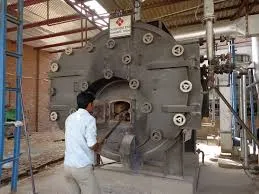
(steam boiler troubleshooting)
FAQS on steam boiler troubleshooting
Q: What are the most common issues in steam boiler troubleshooting?
A: The most common issues include low water levels, thermostat failure, and pressure problems. Burner or ignition malfunction is also frequent. Regular maintenance can help prevent these faults.Q: How can a steam boiler troubleshooting guide help resolve heating problems?
A: A troubleshooting guide systematically lists possible faults and solutions. It helps users identify symptoms and perform step-by-step checks. This approach speeds up problem resolution and avoids unnecessary repairs.Q: What steps should I follow when my boiler doesn't start?
A: First, check power supply and thermostat settings. Then inspect water levels and pressure gauges. Lastly, examine the pilot light or electronic ignition system.Q: What are key oil fired hot water boiler troubleshooting tips?
A: Check the oil levels, burner operation, and nozzle for clogs. Ensure the thermostat and circulator pump are functioning. Regular filter cleaning is essential for optimal performance.Q: When should I call a professional for steam boiler troubleshooting?
A: Call a professional if you detect gas/oil odors, leaks, or persistent error codes. Also contact them if basic troubleshooting doesn't restore operation. Safety hazards should always be handled by qualified technicians.-
Hot Water Boiler Capacity Calculation Guide Accurate Steam Boiler Design PDF
NewsJul.04,2025
-
High-Efficiency On-Off Steam Boiler for Reliable Heating Solutions Compare with Off Boiler Water Heaters & Steam Generators
NewsJun.24,2025
-
Best Steam Boiler Design PDF Free Design Calculation & Diagram Downloads
NewsJun.10,2025
-
Hot Boiler Water Heater Efficient Heating Solutions for Home & Commercial Use
NewsJun.10,2025
-
Steam Boiler Safety Devices High-Quality Protection Valves
NewsJun.10,2025
Related PRODUCTS






